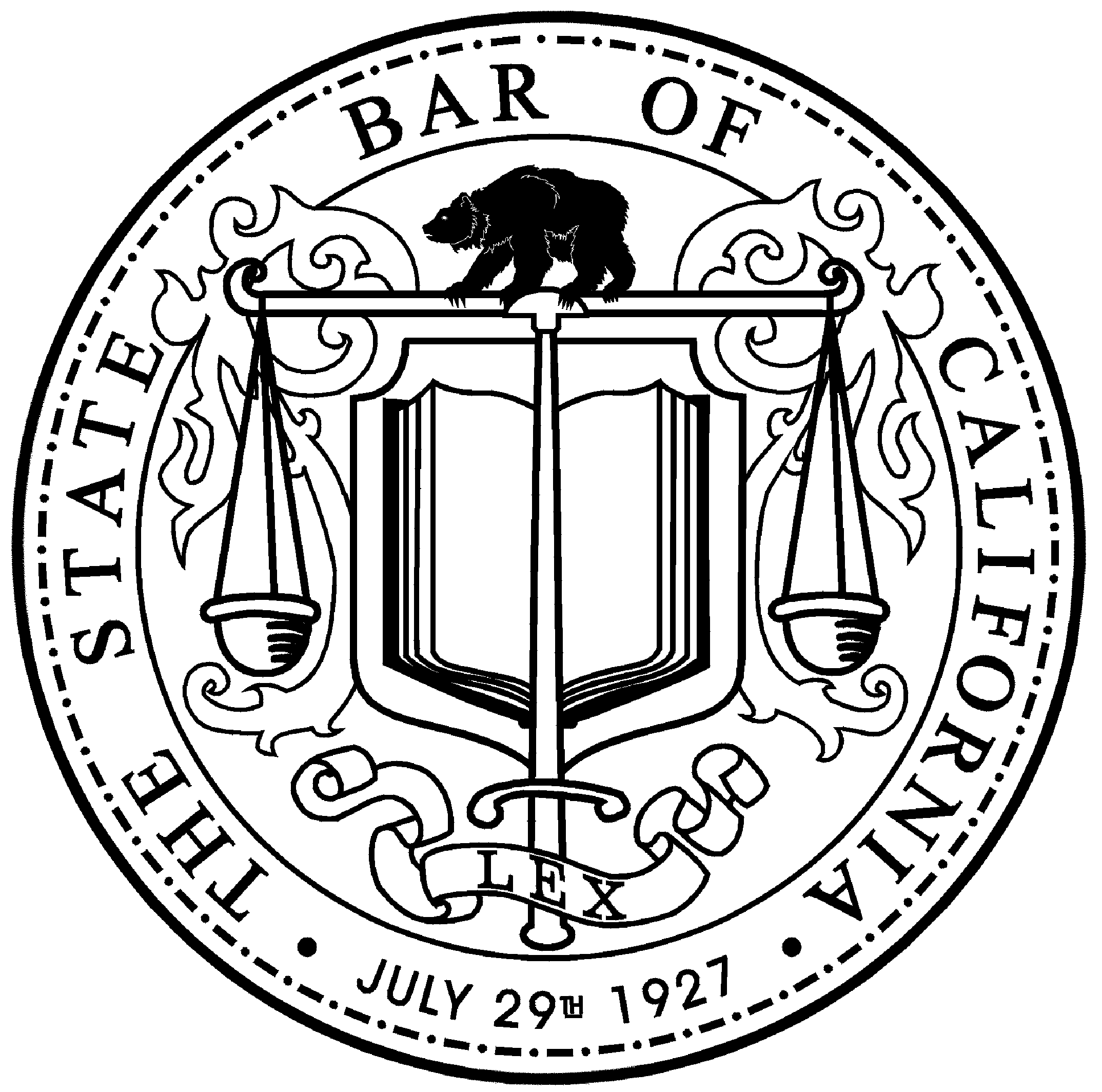The Importance of Documentation in Workers' Compensation Claims
When workplace injuries occur, navigating the workers' compensation process can feel overwhelming. Proper documentation is the backbone of a successful claim, providing the necessary evidence to connect your injury to your job and ensure you receive the benefits you deserve. Without thorough and accurate records, claims can be delayed or even denied. This blog explores why documentation is crucial, the types of records you need, and how to strengthen your claim for a smoother path to recovery.
Why Documentation Matters
In workers' compensation claims, documentation serves as the foundation for proving the legitimacy of an injury and ensuring a fair resolution. When an employee sustains a workplace injury, the burden often falls on them to demonstrate the connection between the injury and their job duties. This requires more than just an account of the incident—it demands tangible, accurate evidence that can stand up to scrutiny from insurance companies and legal systems.
Without proper documentation, the claims process can become a maze of delays and denials. Employers and insurers may dispute the cause, severity, or even the existence of the injury, leaving the worker in a vulnerable position. Documentation not only helps validate the injury but also provides a chronological narrative of events. From the initial report to ongoing medical treatments, these records tell a story that supports the worker’s case. They also clarify details that memory alone cannot reliably preserve over time.
Moreover, workers' compensation systems are highly procedural, with specific requirements for reporting, filing, and proving claims. Documentation ensures compliance with these requirements, creating a clear trail of evidence that aligns with legal and administrative guidelines. This meticulous record-keeping is what allows injured employees to advocate effectively for themselves, providing proof of both the injury and the financial or medical needs resulting from it. Ultimately, comprehensive documentation is not just a bureaucratic necessity—it is a tool that empowers workers to protect their rights and achieve the support they need during a challenging time.
Essential Documentation in Workers' Compensation Claims
In workers' compensation cases, the right documentation can make all the difference in the outcome of a claim. Each piece of evidence contributes to building a strong case, demonstrating the legitimacy of the injury and the connection to the workplace.
Medical Documents
Among the most critical records are medical documents, which serve as the foundation for the claim. Medical records detail the extent of the injury, treatments received, and the potential long-term effects on the injured worker. These documents not only provide evidence of the injury itself but also help establish its severity and the necessity for ongoing care.
Incident Report
Equally important is the employer’s incident report. This document officially records the details of the workplace injury, including when, where, and how it occurred. Promptly filing this report is crucial, as delays can cast doubt on the claim's validity. A thorough incident report often includes input from the injured employee, any supervisors present, and witnesses, providing a comprehensive account of the event.
Witness Statements
Witness statements play a pivotal role in corroborating the worker’s version of events. Coworkers or other individuals who observed the incident can provide objective accounts that lend credibility to the claim. These statements can address specifics such as the working conditions, the events leading up to the injury, and the immediate aftermath.
Communication Records
Additionally, communication records are a valuable but often overlooked component of workers' compensation documentation. Keeping a log of interactions with the employer, insurance adjusters, and medical professionals ensures there is a clear record of what was discussed and agreed upon throughout the process. These records can help clarify misunderstandings, establish timelines, and verify compliance with required steps in the claims process.
Each of these documents serves a unique purpose, but together they form a cohesive narrative. Comprehensive and well-organized documentation not only strengthens the injured worker’s case but also streamlines the claims process, reducing the likelihood of disputes or delays. For those navigating a workers' compensation claim, ensuring that all essential documentation is complete and accurate is a vital step toward achieving a fair resolution.
Common Challenges and How to Address Them
Navigating the workers' compensation claims process often comes with its share of challenges, many of which can stem from issues with documentation.
1. Missing or Incomplete Records
One of the most common problems is missing or incomplete records. Whether it’s an employer’s incident report that lacks crucial details or medical documentation that doesn’t fully describe the extent of the injury, such gaps can weaken a claim and lead to delays or denials. Addressing this requires a proactive approach: workers should promptly report their injuries, ensure that all incident reports are thorough, and follow up with healthcare providers to secure detailed medical records. If documentation is incomplete, requesting additional reports or clarifications can fill in the gaps.
2. Evidence Validation
Another frequent challenge involves disputes over the validity of the evidence. Employers or insurers may question whether the injury is work-related, scrutinizing timelines or the credibility of witness statements. To address this, injured workers should ensure all reports are consistent and include as many specific details as possible about the circumstances surrounding the injury. Having multiple forms of evidence, such as photos of the injury or workplace conditions, can further strengthen the claim. In cases where disputes persist, legal representation can be invaluable in presenting evidence in a clear and compelling manner.
3. Legal Requirements
For many workers, understanding the legal and procedural requirements of a workers' compensation claim can also be overwhelming. Complex terminology, strict filing deadlines, and specific formatting requirements for documentation can make the process feel inaccessible. To overcome this, seeking guidance from an experienced workers’ compensation attorney or advocate can provide clarity. These professionals can help ensure that documentation meets the necessary standards, while also navigating any procedural hurdles that may arise.
4. Delays in the Process
Lastly, delays in the claims process are another common frustration. These often stem from miscommunications between the worker, employer, and insurer. Maintaining an organized communication log—recording dates, times, and content of conversations—can help clarify responsibilities and timelines. Following up regularly with all parties involved can prevent unnecessary setbacks and keep the claim on track.
While these challenges can complicate the workers' compensation process, they are not insurmountable. By taking a proactive and organized approach to addressing issues with documentation, injured workers can strengthen their claims and increase their chances of receiving the benefits they deserve.
How Legal Representation Enhances Documentation
Legal representation can be a critical asset in workers' compensation cases, especially when it comes to ensuring that documentation is thorough, accurate, and effectively supports the injured worker's claim. Workers’ compensation attorneys have the expertise to identify what evidence is required and how to organize it in a way that aligns with legal and insurance standards, significantly improving the chances of a successful outcome.
One of the key benefits of legal representation is the attorney’s ability to assess the completeness of the documentation. Workers may not always be aware of what information is missing or how incomplete records could weaken their claim. Attorneys meticulously review medical records, incident reports, and witness statements to identify gaps and work with clients to secure additional evidence when necessary. This ensures that all aspects of the injury and its connection to the workplace are clearly documented.
Attorneys also play a vital role in navigating disputes related to documentation. If an employer or insurer challenges the validity of evidence—such as questioning whether the injury was truly work-related—legal representatives are well-equipped to counter these claims. They can gather supplemental documentation, such as expert medical opinions or workplace safety reports, to bolster the case. Their ability to present this evidence in a persuasive manner can make a significant difference in contested claims.
In addition, legal representation simplifies the process of adhering to procedural requirements. Workers' compensation claims involve strict deadlines, complex paperwork, and specific formats for submitting evidence. Attorneys ensure that all documentation is filed correctly and on time, reducing the risk of administrative errors that could jeopardize the claim. They also serve as intermediaries in communications with employers and insurance companies, ensuring that no critical details are overlooked or misrepresented.
Finally, having legal counsel provides injured workers with peace of mind. The claims process can be stressful and emotionally taxing, particularly for those dealing with the physical and financial challenges of a workplace injury. An experienced attorney not only handles the technical aspects of documentation but also advocates for the worker’s best interests, allowing them to focus on recovery.
Legal representation transforms documentation from a simple collection of records into a powerful tool for achieving fair compensation. With an attorney’s guidance, injured workers can be confident that their case is backed by strong, compelling evidence that addresses every aspect of their claim.
Tips for Workers on Keeping Strong Documentation
Maintaining strong documentation is essential for a successful workers' compensation claim. For injured workers, this process begins immediately after the incident and continues throughout the recovery period. By staying organized and proactive, workers can build a clear and compelling record of their injury and its impact, ensuring their claim is supported by the necessary evidence.
Report Promptly
One of the most important steps is to report the injury promptly to the employer. Delays in reporting can raise doubts about the legitimacy of the claim, so it’s critical to notify a supervisor as soon as possible and ensure that an incident report is completed accurately and thoroughly. Workers should verify that all key details, such as the time, date, location, and circumstances of the injury, are clearly outlined in the report.
Personal Copies of Documents
Keeping personal copies of all documents is equally vital. Workers should retain duplicates of incident reports, medical records, and any correspondence with their employer or insurance provider. Having a personal file ensures that no critical documents are lost or inaccessible, even if issues arise with the employer or insurer.
Injury Journal
Injured workers can also benefit from maintaining an injury journal. This daily record should include notes on symptoms, physical limitations, medical appointments, and treatments received. A journal provides a firsthand account of the injury’s impact over time, which can be especially valuable if the case is contested or requires extended documentation.
Regular Communication
Regular communication is another cornerstone of strong documentation. Workers should keep detailed records of conversations with their employer, insurance adjusters, and healthcare providers. Logs should include dates, times, names of individuals involved, and summaries of what was discussed. These notes help clarify agreements, address potential miscommunications, and provide a timeline of key events.
Follow Healthcare Recommendations
Finally, workers should follow their healthcare provider’s recommendations and keep records of all medical treatments, prescriptions, and follow-up appointments. Compliance with medical advice not only supports the recovery process but also strengthens the claim by demonstrating the worker’s commitment to addressing the injury.
By adopting these practices, injured workers can create a comprehensive and organized record that protects their rights and simplifies the workers’ compensation process. Strong documentation is more than just a requirement—it’s a way to ensure that their story is heard and that they receive the support and benefits they need to recover and move forward.
Conclusion
Strong documentation is the foundation of any successful workers' compensation claim. From medical records to incident reports and ongoing communication logs, thorough and accurate records ensure your story is supported every step of the way. By staying proactive, organized, and informed, you can navigate the claims process with confidence. If you need guidance, working with an experienced attorney can help you secure the documentation and advocacy you need to achieve the compensation you deserve.
Cole, Fisher, Cole, O’Keefe + Mahoney is Central California’s leading workers’ compensation and social security disability law firm. With over 30 years of successful experience, we are committed to securing maximum benefits for our clients in the Fresno, California area. Schedule a free consultation today.
© 2025 Cole, Fisher, Cole, O’Keefe + Mahoney
Making a false or fraudulent workers’ compensation claim is a felony subject to up to five years in prison, or a fine of up to $150,000 or double the value of the fraud, whichever is greater, or by both imprisonment and fine.







